Best eco-friendly houseplant tools – 9 ways to protect your indoor plants from microplastics
Keep microplastics away from beloved houseplants with these metal and wood options
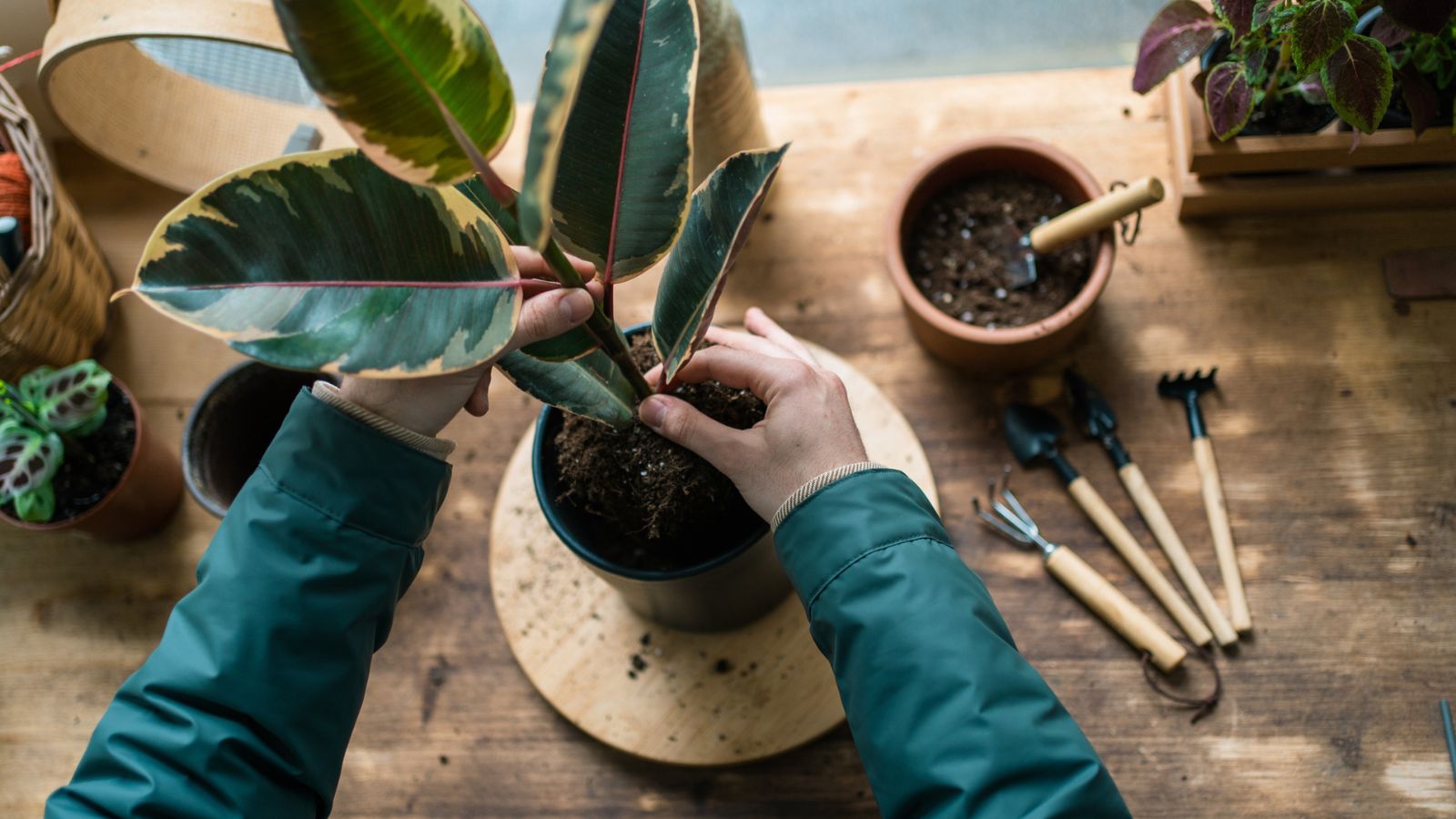

The popularity of houseplants shows no signs of slowing down. And if you stick to cheap, plastic tools, they can be a relatively inexpensive hobby.
However, these plastic gardening tools can introduce microplastics to your houseplants. When these tools break down, they knock microscopic pieces of plastic into the soil, which can harm your plants by preventing proper water uptake and damaging the roots.
Thankfully, this is a relatively easy problem to solve if you swap out plastic tools for metal and wooden options. These are nine of the best plastic-free houseplant tools to help you prevent microplastic damage in your houseplants.
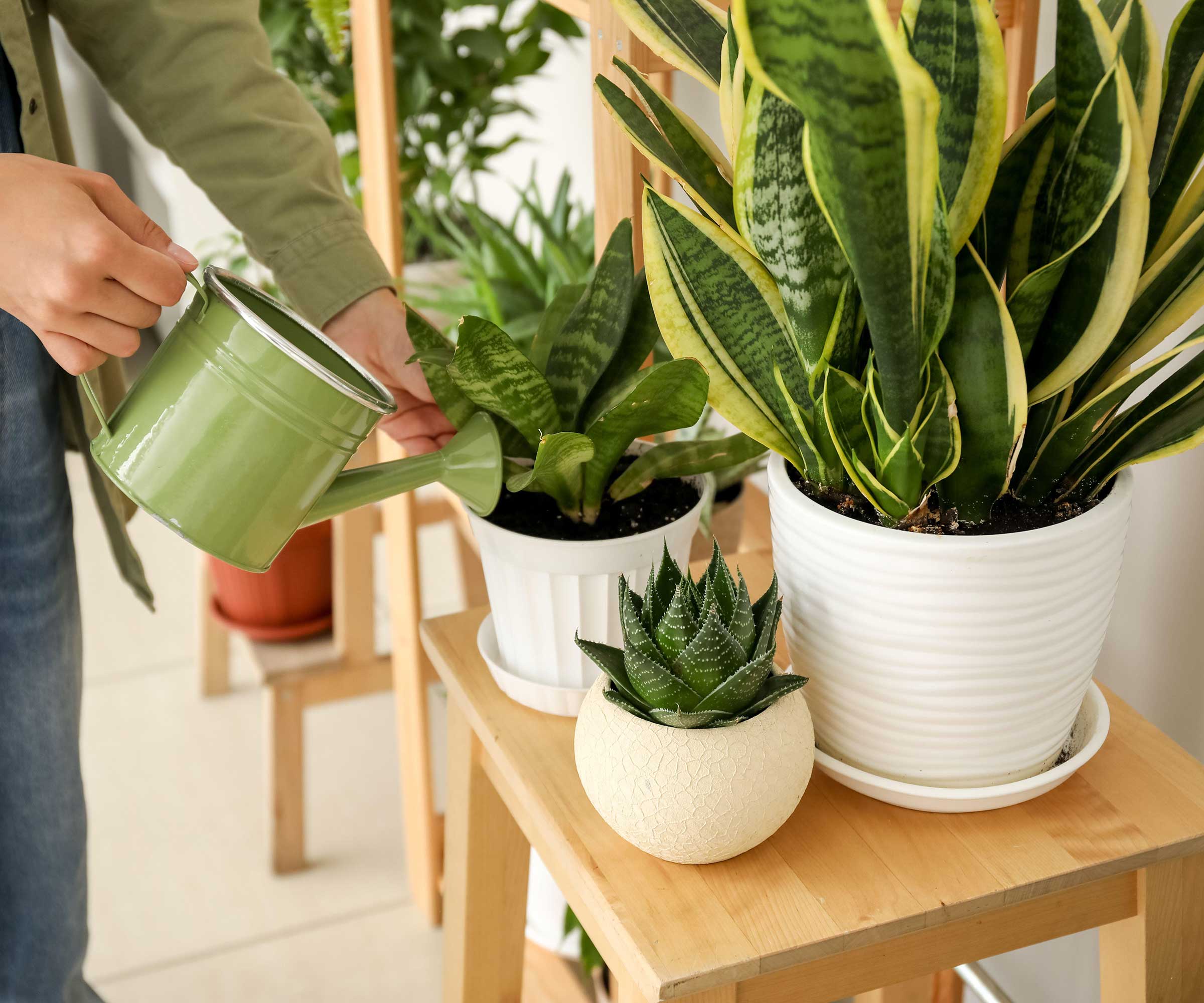
What's the issue with plastic tools?
Plastic is a common choice for houseplant tools because it is cheap, lightweight, and durable. However, just as in the kitchen, plastic tools slowly break down over time. Research into the effect is ongoing, but it seems that plastic breakdown can introduce microplastics to the soil which can harm your houseplants. You could even bring microplastics into your food supply if you're growing indoor herbs - a basil or rosemary plant in your kitchen, for instance. Again, research is still ongoing, but microplastics have been linked to several health issues, and they can also harm plants.
Ecology expert Aidan Charron says 'Plants can take up microplastics through roots and on their leaves. As microplastics break down they can shed up to 16,000 chemicals that can break down and leech into your soil.'
To this end, Aiden recommends using plastic-free tools. 'Next time your plastic tool breaks, go out and get a metal one. It will last longer, not leech the same chemicals, and, over time, save you money. Look for tools with wooden handles and metal tool heads.'

Aidan is the Associate Director of Global Earth Day and an expert in ecology. He has a Bachelor of Science in Biology, with a concentration in Tertiary and Freshwater studies with a minor in Geographic Information Systems, from the University of North Carolina, Wilmington, and specialises in reducing plastic waste
The best eco-friendly houseplant tools
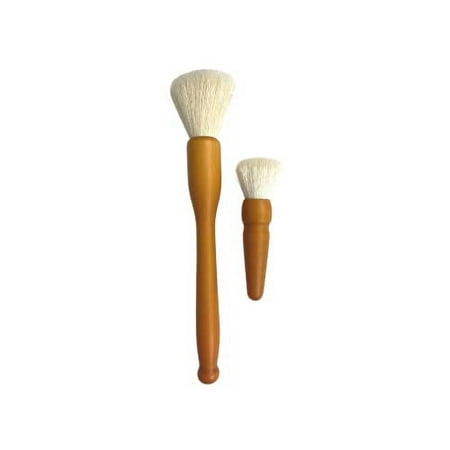
These little goat-hair cleaning brushes are the perfect finishing touch for your houseplants. They can brush dust off big leaves, such as rubber plant foliage, as well as gently remove aphids and other pests from your plants.
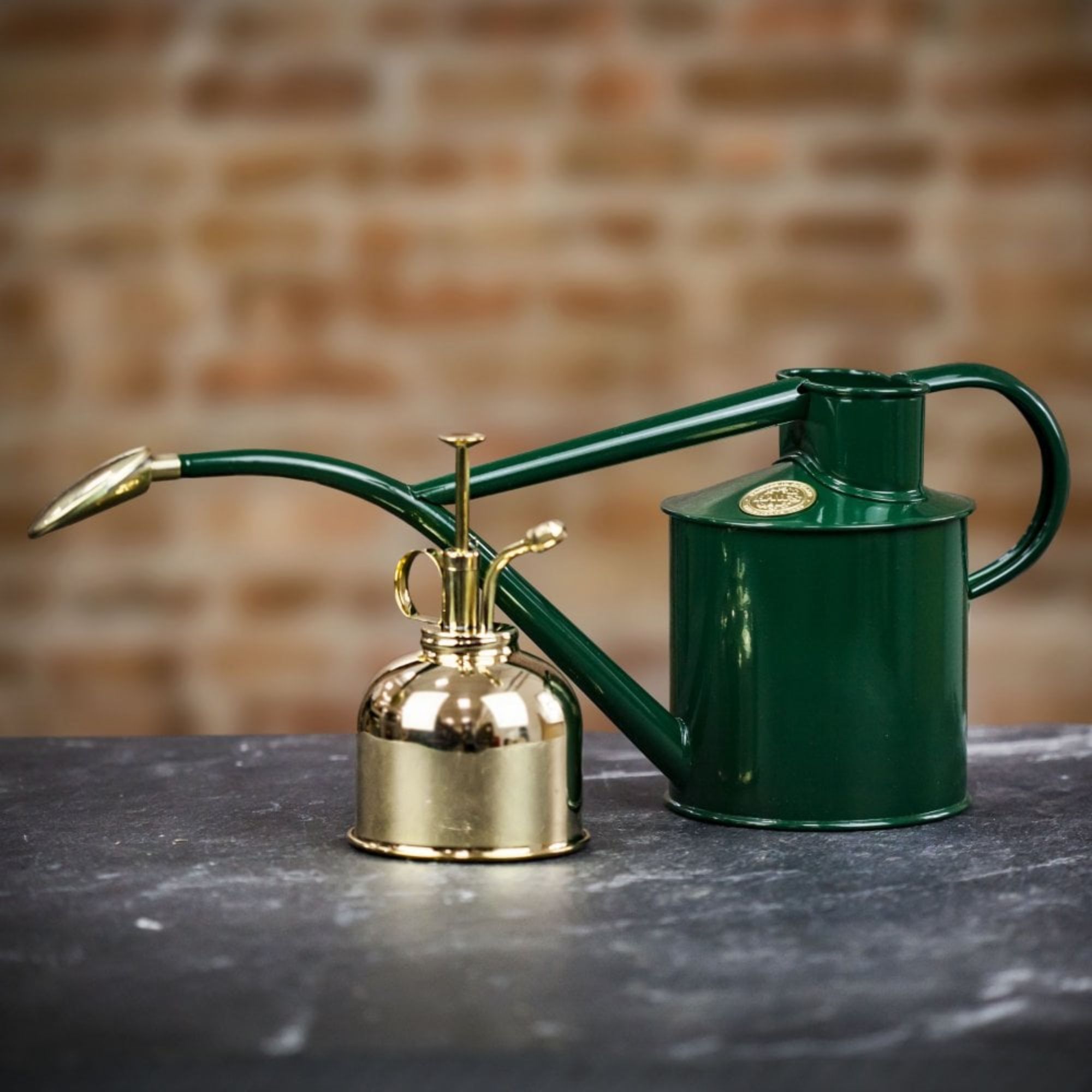
Made in England, this metal watering can set is completely plastic free. The one liter watering can is the perfect amount of water for houseplants, and the included mister is perfect for light watering of tropical plants, such as air plants.
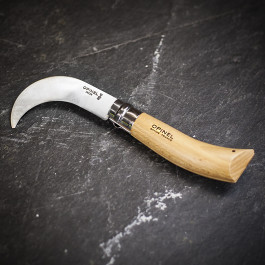
A tiny pruning knife like this is one of the best ways to handle delicate houseplant pruning. This knife lets you make precise cuts to small stems, ensuring the clean pruning that prevents disease. This is a simple way to reduce plastic use around your houseplants.
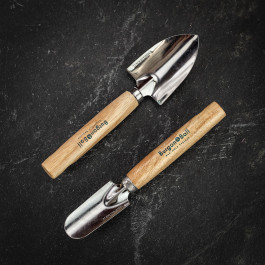
These trowels are designed for potting up cell trays, but they're perfect for working with houseplants, too. The tiny blades on these trowels are ideal for working with the small pot size of most houseplants, helping your garden in places where standard trowels are too clumsy to reach.
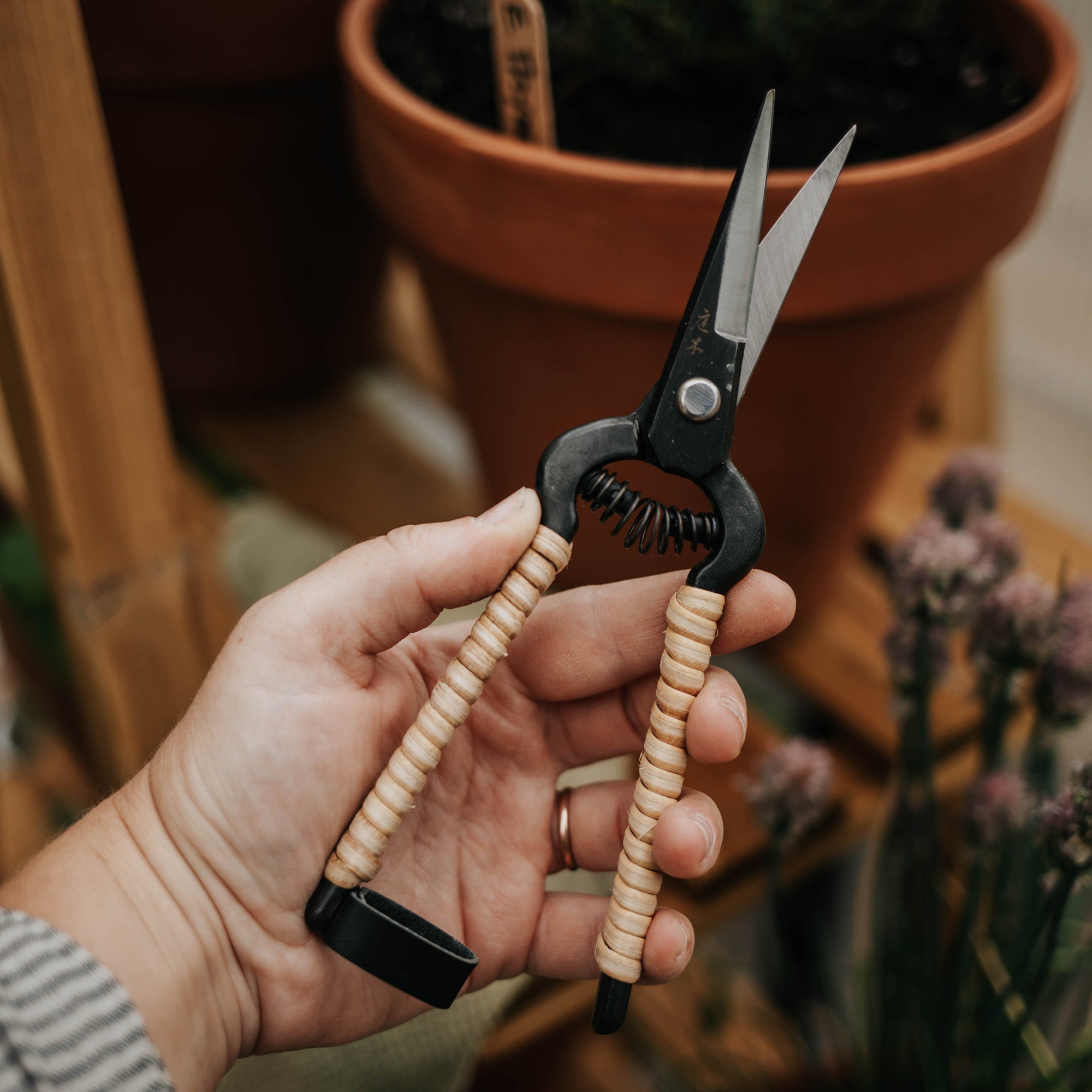
Snips are often better than pruners for houseplants because the small, neat blades allow you to prune branches in between masses of leaves. Made from carbon steel, handles are wrapped in wisteria rattan, which means that these snips are plastic-free. The only thing to bear in mind is that the catch is made from leather
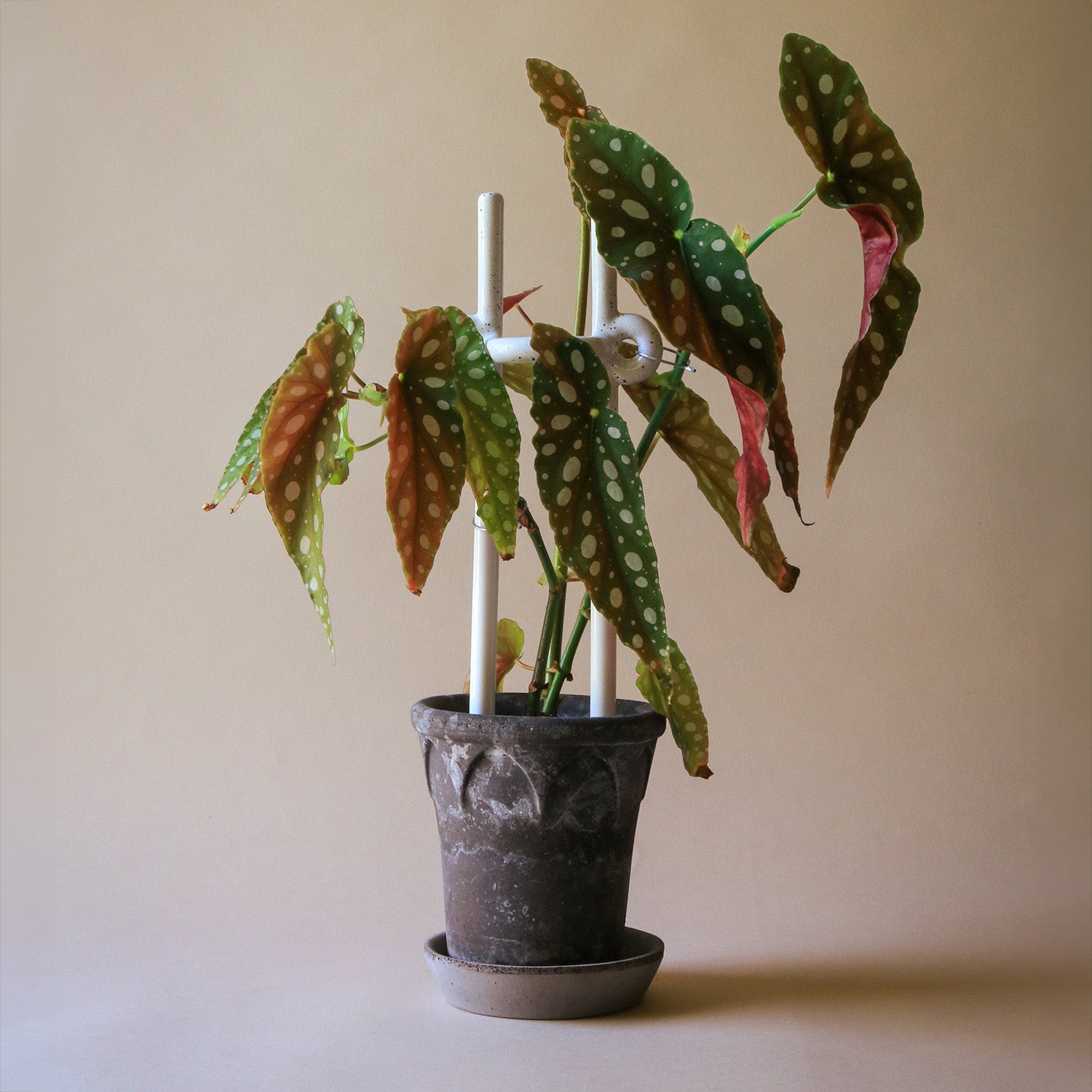
Most plant stakes are boring plastic or wood, or ugly moss poles. This earthenware stake brings a little more class to your plant support, and ensures you don't introduce plastic to your plants. On top of that, it's the perfect size and shape for common houseplants like philodendron and fiddle leaf figs.
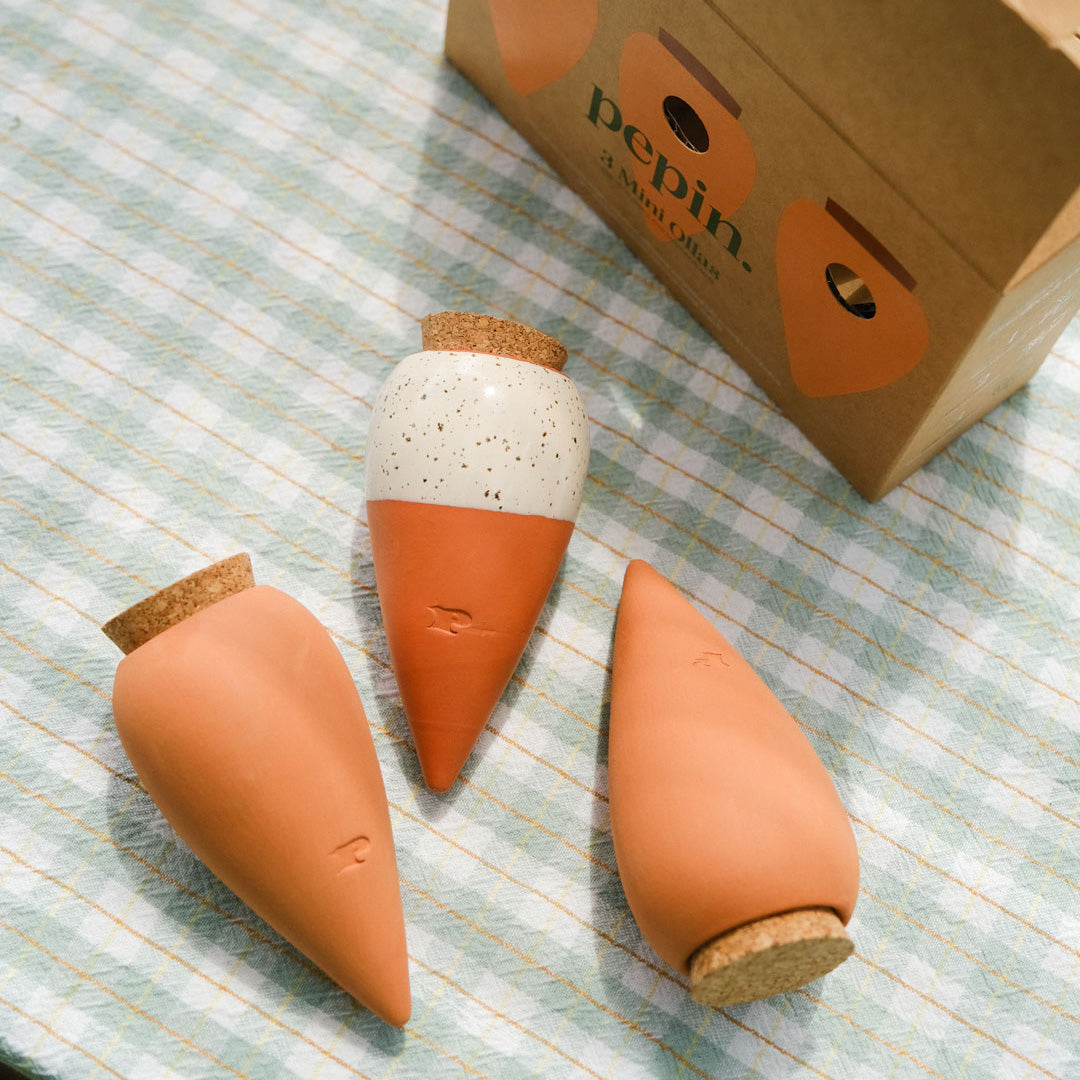
An olla is a pot used for watering. Made from clay, they slowly leech water into soil, ensuring your plants are well-watered even when you're out of town. This cute example is turns the classic terracotta pot shape into an ingenious carrot design.
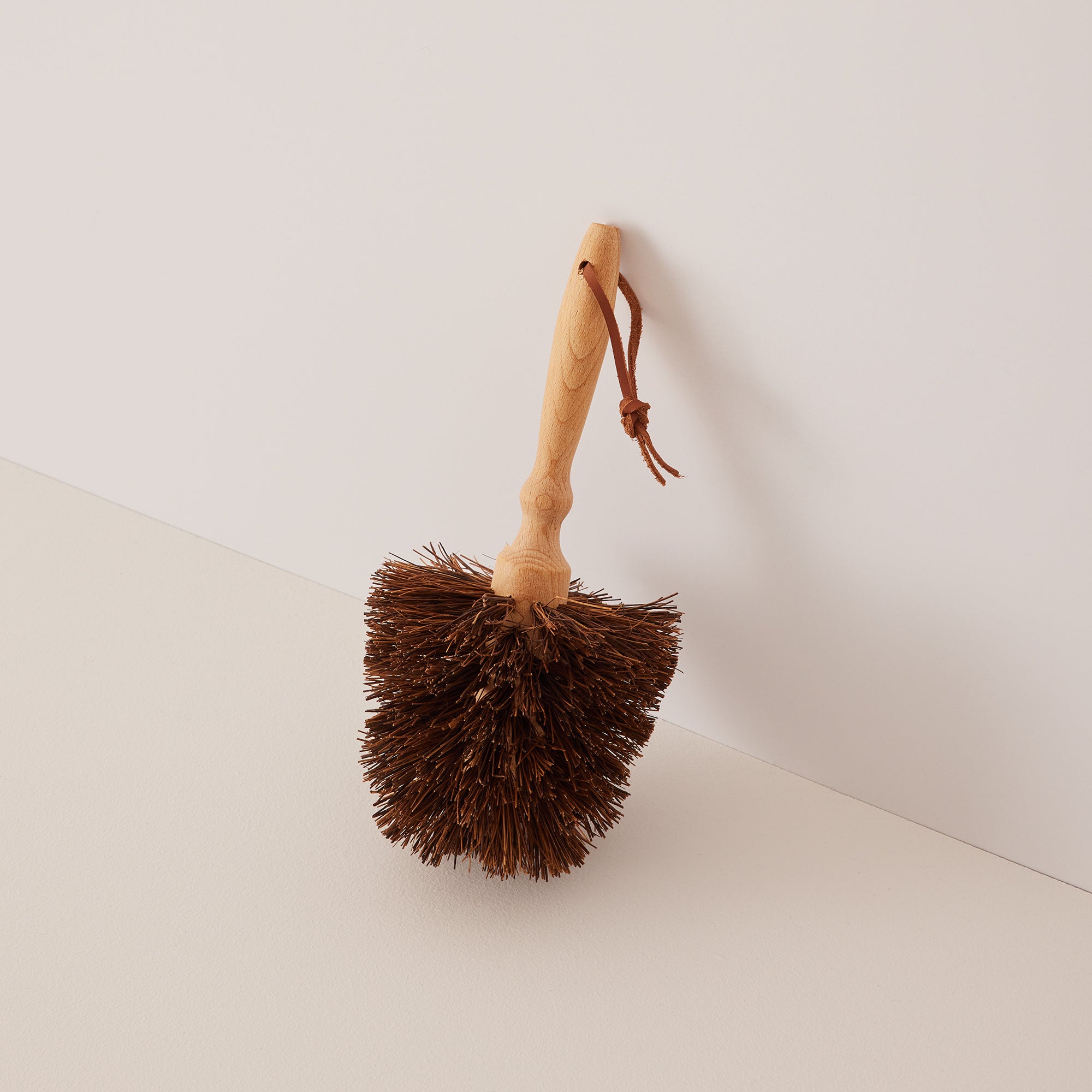
Repotting houseplants can be a pain, but a flowerpot brush like this can make it much easier. This brush is easier to use than a standard brush because it has bristles in every direction, so you can twirl it around inside the pot to remove soil.
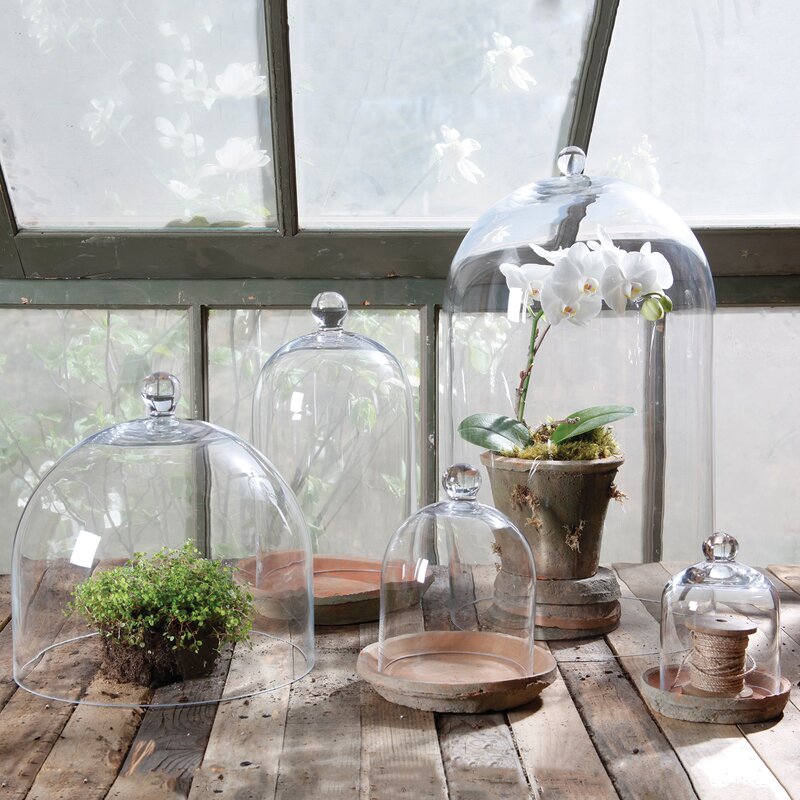
A cloche like these is a great way to protect houseplants, especially delicate tropical plants like orchids and bromeliads. The transparent glass dome will keep them safe from being knocked or from sudden temperature drops, and because it's made form glass, it's plastic-free.
Microplastics aren't just an issue in the garden. If you're worried about toxic plastic, we've also tested all of the best non-toxic air fryers and non-toxic coffee makers to help you keep your home free from plastic pollution.
Sign up to the Homes & Gardens newsletter
Design expertise in your inbox – from inspiring decorating ideas and beautiful celebrity homes to practical gardening advice and shopping round-ups.

As a gardens and lifestyle contributor, Alex makes sure readers find the right information to help them make the best purchase. Alex got his start in reviewing at the iconic Good Housekeeping Institute, testing a wide range of household products and appliances. He then moved to BBC Gardeners’ World Magazine, assessing gardening tools, machinery, and wildlife products.
You must confirm your public display name before commenting
Please logout and then login again, you will then be prompted to enter your display name.
-
 Martha Stewart's intelligent cabinets 'take every inch into consideration' – their 'visually light' style will solve your small kitchen storage problems
Martha Stewart's intelligent cabinets 'take every inch into consideration' – their 'visually light' style will solve your small kitchen storage problems'Every kitchen can be beautiful and functional, no matter what the size': 9 years since sharing her clever storage, Martha's cabinets are just as beautiful
By Megan Slack Published
-
 This once-dated kitchen is now a timeless space with the coziest details – and its the classic color palette that's made it a chic, welcoming space
This once-dated kitchen is now a timeless space with the coziest details – and its the classic color palette that's made it a chic, welcoming spaceWarming colors and natural materials combine to create this enduringly classic kitchen scheme
By Molly Malsom Published